Flood resilience strategy consultation: easy read
This consultation seeks your views on Scotland's first Flood Resilience Strategy, which will lay out what we need to do in the long term to make our places more flood resilient. The consultation asks questions about our proposed principles and the three key themes of people, places and processes.
Introduction
Scottish weather will get warmer and wetter over time because of climate change.

Climate change means that the Earth's weather and temperature are getting warmer.

It is caused by things like pollution from cars and factories and cutting down forests.

Flood resilience means that people, communities and businesses:
- have less flooding to deal with
- they are less affected by flooding if it happens and can recover more quickly

Flood management is the way we deal with floods.
It mostly looks at fixing flooding problems by making large river and coastal flood protection schemes for towns and cities.
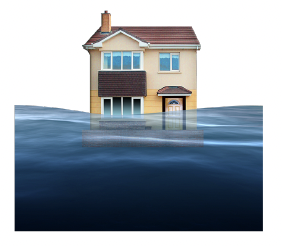
This means that less money is available for other things like:
- property flood protection

This means things like:
- flood guards on doors that can help properties stop or have less flooding
- having tiled floors and metal fittings in a kitchen

- flood protection for smaller towns and villages
- natural flood management
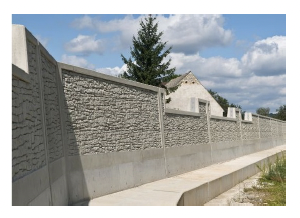
Natural flood management means how we use our natural environment to help us have less flooding.
This includes how we use our:
- woodland
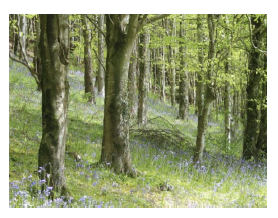
- soil and land
- coast and where rivers meet the sea
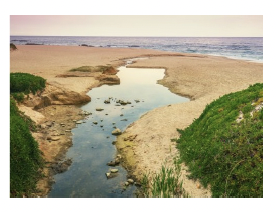
- rivers and floodplain

A floodplain is a flat area which is likely to flood because it is near a river.
Large flooding protection schemes:
- cost a lot of money
- take a long time to build
- do not protect us from all floods

We cannot protect everywhere from flooding.
We need to create places that can cope better with flooding if it happens.

We must support organisations and communities to do work to avoid flooding like:
- communities can work with local councils and others to make decisions about work to make their area more flood resilient

- communities can work together to plan what to do when flooding happens

- building less houses on floodplains
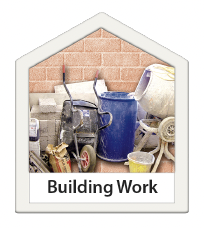
- using greenspace in our communities
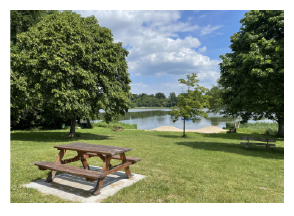
Greenspace means grassy or planted areas where water can soak in or be stored like:
- parks
- gardens
- playing fields and play areas
- woods

- flood protection will still be the right thing to do in some areas

Engagement - communicating with people to find out what they think and what their experiences are
In 2023, the Scottish Government did a lot of engagement with people across Scotland, including workshops and an online survey.
300 people took part in the engagement.

We have used the information that people gave us to decide:
- what our principles are
Principles are the standards for our work – what we believe in and how we want to work.

- what is the most important information that should be in the flood resilience strategy
A strategy is a big plan.

Principles
- we will change from fixing flooding problems to making places that are flood resilient
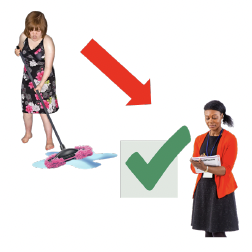
- flood resilience is part of dealing with climate change so everyone has a role to play

- we will have the principles of a just transition at the centre of our work on flood resilience

Principles are the standards for our work – what we believe in and how we want to work.
A just transition is a way of working to make sure people, workers and places are treated fairly and equally as we work to have a greener future.

A greener future means making sure that Scotland continues to grow and develop well and also:

- respects the environment
- has less harmful gases in the air

- can adapt to our future climate
- having flood resilient places is good for everyone and we can all be part of making them happen

Questions
1. Do you support the change from fixing flooding problems to creating flood resilient places?

- I support the change
- I do not support the change
Please give the reason for your answer.
Write or type it here.
2. How can people who make decisions about flood resilience make sure that the work helps us to have a fairer, greener future?

Write or type your answer here:
3. Who can help us become more flood resilient and help us deal with how climate change affects us?

You can tick more than 1 answer.
- Individual people
- Homeowners
- Businesses
- Scottish Government
- Scottish Water
- Local councils
- Scottish Environment Protection Agency (SEPA)
- Land-owners and land managers
- Farmers and crofters
- House builders and developers
- Community groups
- Others – please tell us who. Write or type it here:
Contact
Email: flooding_mailbox@gov.scot
There is a problem
Thanks for your feedback